CHAPTER
VIII.
Of the Eyes and Eyebrows.
BLUE eyes are generally more significant of weakness, effeminacy, and
yielding, than brown and black. True it is there are many powerful men with
blue eyes ; but I find more strength, manhood, and thought, combined with brown
than with blue. Wherefore does it happen that the Chinese, or the people of the
Philippine Islands^ are very seldom blue-eyed ; and that Europeans only, or the
descendants of Europeans, have blue eyes in those countries ? This is the more
worthy of inquiry because there are no people more effeminate, luxurious,
peaceable, or indolent than the Chinese.
Choleric men have eyes of every color, but more brown, and inclined to
green, than blue. This propensity to green is almost *a decisive token of ardor,
fire, and courage. I have never met with clear blue eyes in the melancholic,
seldom in the choleric; but most in the phlegmatic temperament, which, however,
had much activity. When the under arch described by the upper eyelid is
perfectly circular, it always denotes goodness and tenderness, but also fear,
timidity, and weakness. The open eye, not compressed, forming a long acute
angle with the nose, I have but seldom seen except in acute and understanding
persons.
Wide, open eyes, with the white seen under the apple, I have often
observed in the timid and phlegmatic, and also in the courageous and rash. When
compared, however, the fiery and the feeble, the determined and the
undetermined, will easily be distinguished. The former are more firm, more strongly
delineated, have less obliquity, have thicker, better cut, but less skinny
eyelids.
"The colors most common to the eyes are, the orange, yellow,
green, blue, grey, and grey mixed with white. The blue and orange are most
predominant, and are often found in the same eye. Eyes supposed to be black are
only yellow, brown, or a deep orange; to convince ourselves of which, we need
but look at them closely; for when seen at a distance, or turned towards the
light, they appear to be black, because the yellow brown color is so contrasted
to the white of the eye, that the opposition makes it supposed black. Eyes also
of a less dark colour pass for black eyes, but are not esteemed so fine as the
other, because the contrast is not so great. There are also yellow and light
yellow eyes, which do not appear black, because the colours are not deep enough
to be overpowered by the shade.
"It is not uncommon to perceive shades of orange, yellow, grey,
and blue, in the same eye; and whenever blue appears, however small the
tincture, it becomes the predominant colour, and appears in streaks over the
whole iris. The orange is in flakes, round, and at some little distance from
the pupil; but it is so strongly effaced by the blue that the eye appears
wholly blue, and the mixture of orange is only perceived when closely
inspected.
“The finest eyes are those which we imagine to be black or blue.
Vivacity and fire, which are the principal characteristics of the eyes, are the
more emitted when the colours are deep and contrasted, rather than when
slightly shaded. Black eyes have most strength of expression, and most
vivacity; but the blue have most mildness, and perhaps are more arch. In the
former there is an ardour uninterruptedly bright, because the colour, which
appears to us uniform, every way emits similar reflections. But modifications
are distinguished in the light which animates blue eyes, because there are
various tints of colour which produce various reflections.
"There are eyes which are remarkable for having what may be said
to be no colour. They appear to be differently constituted from others. The
iris has only some shades of blue or grey, so feeble that they are in some
parts almost white; and the shades of orange which intervene are so small that
they scarcely can be distinguished from grey or white, notwithstanding the
contrast of these colours. The black of the pupil is then too marking, because
the colour of the iris is not deep enough, and, as I may say, we see only the
pupil in the centre of the eye. These eyes are unmeaning, and appear to be
fixed and aghast
" There are also eyes the colour of the iris of which is almost
green ; but these are more uncommon than the blue, the grey, the yellow, and
the yellow-brown. There are also people whose eyes are not both of the same
colour.
" The images of our secret agitations are particularly painted in
the eyes. The eye appertains more to the soul than any other organ ; seems
affected by, and to participate in, all its motions ; expresses sensations the
most lively, passions the most tumultuous, feelings the most delightful, and
sentiments the most delicate. It explains them in all their force, in all their
purity, as they take birth ; and transmits them by traits so rapid as to infuse
into other minds the fire, the activity, the very image with which themselves
are inspired. The eye at once receives and reflects the intelligence of
thought, and the warmth of sensibility. It is the sense of the mind, the tongue
of the understanding."
Again, "As in nature, so in art, the eyes are differently formed
in the statues of the gods, and in heads of ideal beauty; so that the eye
itself is the distinguishing token. Jupiter, Juno, and Apollo, have large,
round, well-arched eyes, shortened in length, in order that the arch may be the
higher. Pallas, in like manner, has large eyes ; but the upper eyelid, which is
drawn up, is expressive of attraction and languishment. Such an eye
distinguishes the heavenly Venus Urania from Juno ; yet the statue of this
Venus bearing a diadem, has for that reason often been mistaken, by those who
have not made this observation, for the statue of Juno. Many of the modern
artists appear to have been desirous of excelling the ancients, and to give
what Homer calls the ox-eye, by making the pupil project, and seem to start
from the socket. Such an eye has the modern head of the erroneously supposed
Cleopatra, in the Medicean villa, and which presents the idea of a person
strangled. The same kind of eye a young artist has given to the statue of the
Holy Virgin, in the church St. Carlo al Torso."
I shall quote one more passage from Paracelsus, who, though an
astrological enthusiast, was a man of prodigious genius : " To come to the
practical part, and give proper signs with some of their significations, it is
to be remarked that blackness in the eyes generally denotes health, a firm mind
not wavering, but courageous, true, and honourable. Grey eyes generally denote
deceit, instability, and indecision. Short sight denotes an able projector,
crafty, and intriguing in action. The squinting or false-sighted, who see on
both sides, or over and under, certainly denotes a deceitful crafty person, not
... easily deceived, mistrustful, and not always to be trusted ; one who
willingly avoids labour when he can, indulging in idleness, play, usury, and
pilfering. Small and deep sunken eyes are bold in opposition ; not discouraged,
intriguing, and active in wickedness ; capable of suffering much. Large eyes
denote a covetous greedy man, and especially when they are prominent. Eyes in
continual motion signify short or weak sight, fear, and care. The winking eye
denotes an amorous disposition and foresight, and quickness in projection. The
downcast eye shows shame and modesty. Ked eyes signify courage and strength.
Bright eyes, slow of motion, bespeak the hero, great acts, audacious, cheerful,
one feared by his enemies."
It will not be expected I should subscribe to all these opinions, they
being most of them ill-founded, at least ill-defined.
..............................................................
PHYSIOGNOMY;
OR,
THE CORRESPONDING ANALOGY BETWEEN THE
CONFORMATION OF THE FEATURES
AND THE RULING PASSIONS OF THE MIND :
A COMPLETE EPITOME OF THE ORIGINAL WORK
or
J. G. LAVATER.
1866.
..............................................................









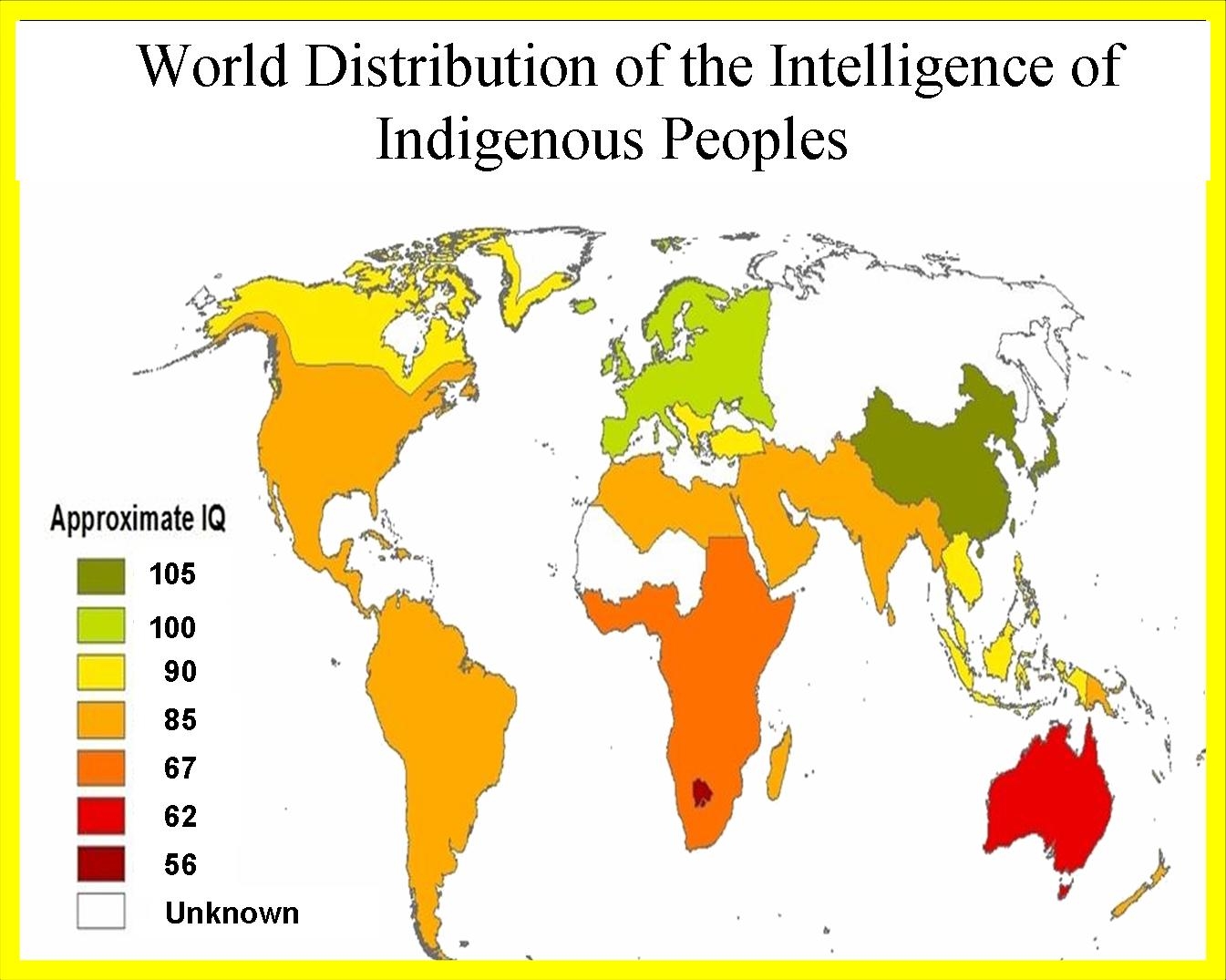

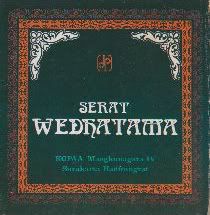

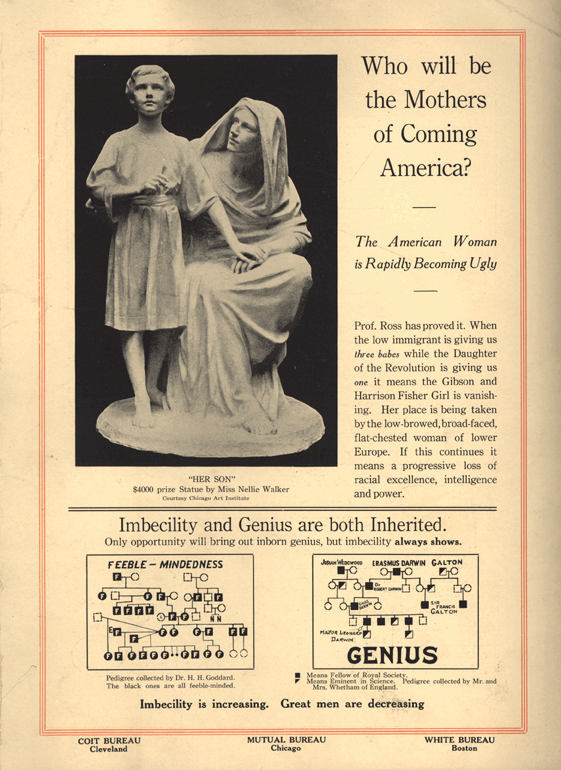
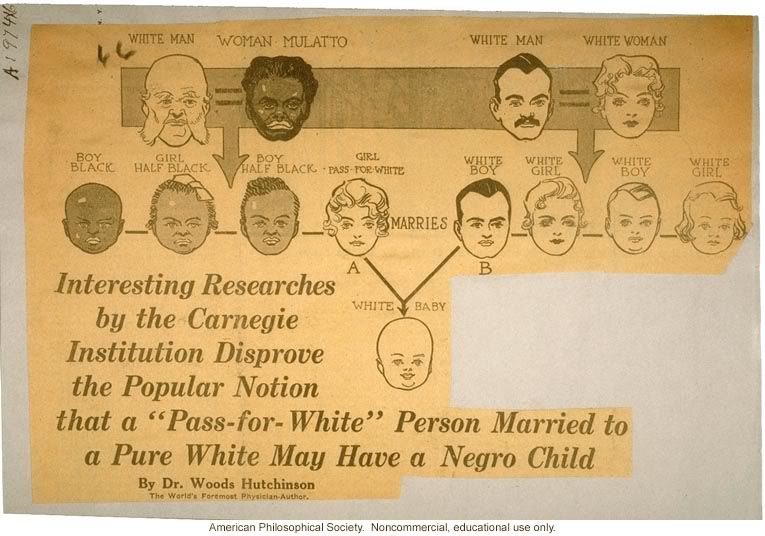
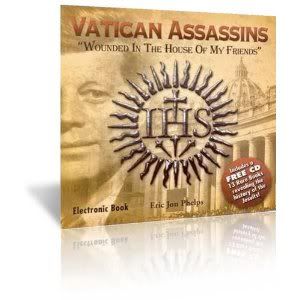

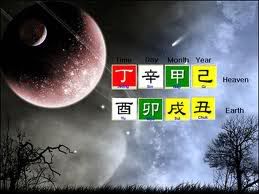







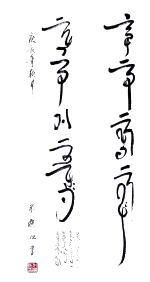
![[Most Recent Quotes from www.kitco.com]](http://www.kitconet.com/images/quotes_special.gif)






Tidak ada komentar:
Posting Komentar